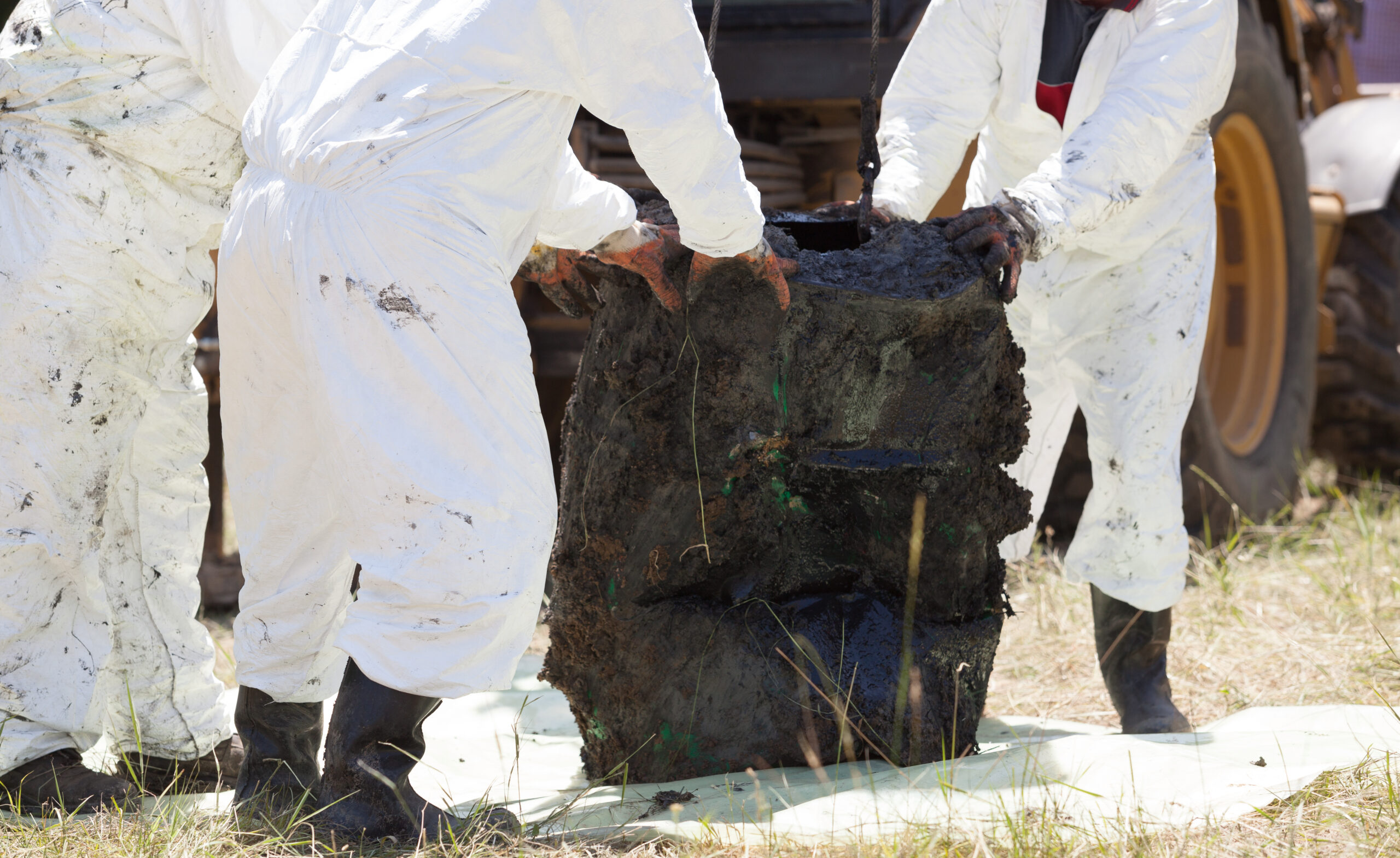
Recognition of the threat from PFAS contamination finally culminated with a 2018 CDC review that confirmed what decades of research had already indicated—that PFAS contamination is a serious threat to human health and the environment. In response to the review, in October of 2021, the EPA implemented its PFAS Strategic Roadmap to take specific actions along with a commitment to a range of policies that safeguard public health, protect the environment, and will finally hold polluters accountable.
PFAS are perfluoroalkyl and polyfluoroalkyl substances and compounds that consist of a large, complex group of man-made chemicals used as an ingredient in the manufacture of consumer, commercial, and industrial products since the 1940s. Numerous health effects are associated with PFAS exposure, including thyroid disease, types of cancer, risk of asthma, liver damage, and decreased fertility.
Dubbed “forever chemicals,” the main problem with PFAS compounds are that they are found everywhere—in everyday products like nonstick cookware, cosmetics, food and paper packaging, water-repellent clothing, and industrial-grade stain-resistant textiles, semiconductor manufacturing, coating additives, cleaning products, and insecticides, firefighting foams, artificial turf, and in grease and oil resistant applications. PFAS are also widely used in diverse industries, such as aerospace, defense, automotive, consumer goods, construction, and electronics. The pervasiveness of PFAS compounds is so widespread that public water systems and around 600 military bases across the country are subjected to PFAS contamination and an ongoing threat to human health.
The PFAS Strategic Roadmap
The EPA’s PFAS Strategic Roadmap highlights a series of concrete actions that the Agency is undertaking to address the PFAS contamination of the natural environment: the land, soil, sediments, ponds, streams, groundwater, drinking water supplies, and so forth. Various EPA program offices have been charged with protecting people and the environment from further PFAS contamination. The Agency has committed to leveraging the full range of its statutory authority toward this end.
The Roadmap provides a set of target dates to achieve milestones and is guided by a set of primary goals—the three R’s—research, restriction, and remediation. The first focuses on R&D to increase the understanding of PFAS exposures and toxicities and effective interventions. In contrast, the second pursues a comprehensive program to prevent further PFAS contamination of the environment. The third goal, remediation, is the actionable plan to broaden and accelerate the cleanup of the PFAS compounds that have contaminated our world.
How Businesses Should Prepare
The EPA plans to initiate regulatory measures in the coming year by implementing CERCLA—the Comprehensive Environmental Response, Compensation, and Liability Act. The law grants executive authority under the Office of the President to respond to the widespread release of hazardous substances into the environment, in this instance, PFAS compounds. Businesses and companies that manufacture goods containing PFAS are or will be classified as hazardous waste generators and should begin to prepare for ways in which they plan to manage their PFAS compound waste.
Businesses will now be legally responsible for better managing their waste or could be liable for cleanup costs if their PFAS waste is improperly disposed of. As more environmental laws are enacted to deal with the health and environmental crisis created by using PFAS compounds, companies may also face costly fines if they fail to meet the new waste disposal requirements.
Utilizing Hazardous Waste Disposal Companies
Fortunately, there is an option. Companies that find themselves in an unfamiliar position having to deal with hazardous waste laws for the first time can turn to certified hazardous waste disposal companies. MLi Environmental has provided hazardous waste management services to waste generators for decades. We continually monitor environmental laws and pending legislation to ensure the companies and institutions we work with always comply with current and future regulations. We offer various services and solutions, from a comprehensive waste audit and analysis of your company’s waste services needs to transportation and disposal of hazardous wastes at designated sites.
Contact us today to learn how our trained professionals can help your company successfully navigate the EPA’s PFAS Strategic Roadmap.
